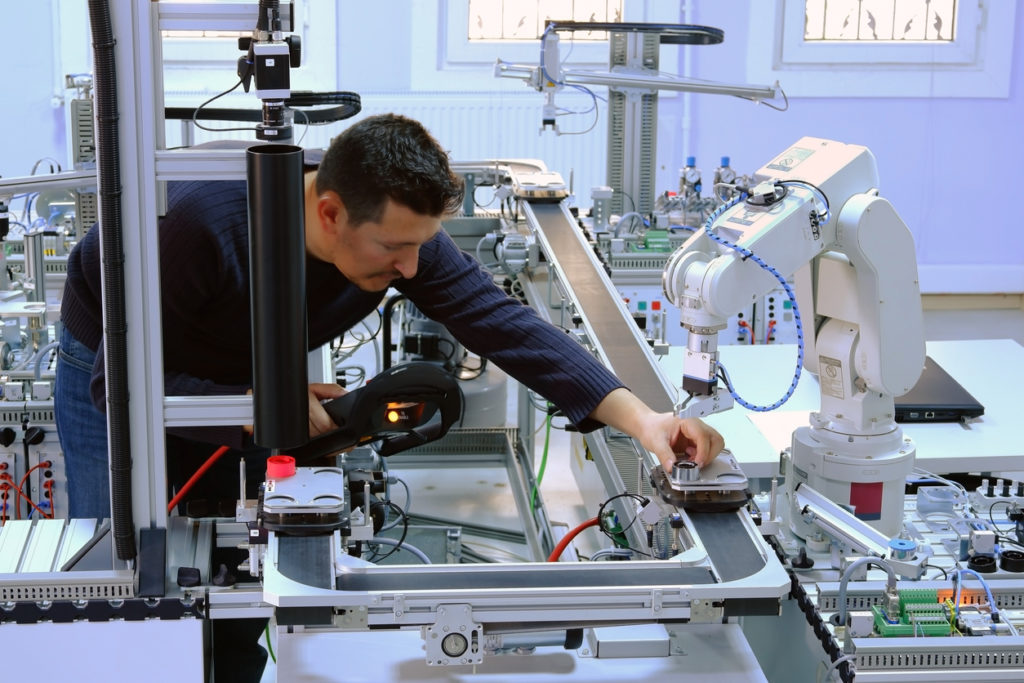Driving innovation during a pandemic: our proposals
Category: Uncategorized
A few weeks ago, we published our preliminary report on the impact of COVID-19 on the UK’s high-growth ecosystem – the portion of the economy that drives innovation and the future of the economy. We found that 53% of the country’s most ambitious companies are under moderate to critical threat from the coronavirus pandemic and the measures that the Government has put in place to slow it. In raw numbers, that’s 15,208 businesses, which collectively generate £320b in turnover and employ 1.7m people. This week, we’re calling on the Government to better support these businesses with a temporary doubling of the R&D tax credits scheme for SMEs.
Why are we proposing changes to the R&D scheme?
The Government has already announced some exceptional measures to try and support the UK’s economy through the pandemic, including the CBILS and Coronavirus Job Retention Scheme. It’s true that some ambitious businesses will be eligible for these schemes, but the vast majority of these companies are loss-making or at breakeven and are therefore unable to access bridging loans.
So we were pleased to see the Government turn its attention towards the needs of startups and scaleups with the announcement of £250m towards the Future Fund. And whilst this fund is a great support line for a certain type of startup (specifically the 7.6k that are rapidly moving between funding rounds), thousands of heavily impacted businesses fall outside of the criteria. This includes those that have grown their operations through venture debt, grant funding, bootstrapping, or carefully balancing their books with the R&D scheme.
In order to deliver more effective support to a greater number of companies, we’re proposing that the Government double R&D tax credits for claims during this tax year. This would significantly reduce costs for profitable businesses and provide a very welcome additional grant for loss-making companies.

Critically, the R&D scheme only rewards those that are making investments in the future. This is precisely what we need right now if the economy is going to bounce back strongly instead of entering a prolonged depression. It also addresses a different and much wider pool of companies than other measures, with most R&D claimants operating within manufacturing and engineering or professional services.
Doubling down on a pre-existing and successful scheme has the added bonus of an established infrastructure through which to deliver the support, with clear guidance and advice readily available. There’s also a burgeoning market of advance R&D loans, so businesses can borrow against future claims to access the cash they need even sooner than HMRC can deliver.
What would the cost be?
There are currently two different avenues of relief businesses can claim under the R&D scheme: the Small or Medium-sized Enterprise (SME) Scheme and the Research and Development Expenditure Credits (RDEC), which can be used by larger businesses. Our proposals apply to the SME scheme only, as this would maximise impact (by reaching a greater number of businesses) at the minimum cost (as the average SME claim is significantly smaller than those made under the RDEC). It also targets support where it’s most needed, given that larger companies will be more likely to be eligible for other schemes.
The Government’s latest full year figures for the R&D Scheme refer to the 2016-17 tax year. 45,045 SMEs made claims in that year at a cost of £2.2b to the taxpayer. Extrapolating some of this data, we estimate the current 2019-20 cost of the scheme to be around £3b, doubling it would therefore cost an additional £3b to support businesses that are driving innovation and the future of the UK economy. Even at higher estimates, the doubling of the scheme would still pale in comparison to the £30b furlough scheme
What else needs to be done?
We’ve already heard anecdotal evidence that R&D tax credits are being fast tracked, which is fantastic, and we hope it continues. But we’ve also heard stories that some companies are struggling to get sign off on accounts from hesitant auditors, which is a necessary step in submitting a claim. The Government needs to work with the accounting industry to provide clarity on the process as it stands.
We’re also calling on the Government to waive the required declaration that a company is a going concern in order to make an R&D claim. The financial benefit realised from the scheme is the way in which many companies balance their books, so a temporary suspension of the measure would offer greater flexibility for those that need it most.
Finally, reassurance needs to be given by HMRC that R&D tax credit payments won’t be netted off against the Q2/20 VAT bills that the Government has deferred payment of. For a start, it’s unfair to penalise firms that are investing in R&D by reducing their ability to benefit from one of the Government’s flagship measures. Such reassurance would also allow companies to borrow against future R&D claims to access the cash they need even sooner than HMRC can deliver.
Since publishing, the Government has confirmed that the SME repayable credit will not be subject to offset against tax deferred under a coronavirus scheme.

Toby Austin
Co-founder and CEO

Henry Whorwood
Head of Research and Consultancy
Have you seen our COVID-19 Business Impact report?
This report determines the impact of the coronavirus pandemic on the UK’s high-growth ecosystem, from particularly vulnerable areas to those likely to see a positive impact.
